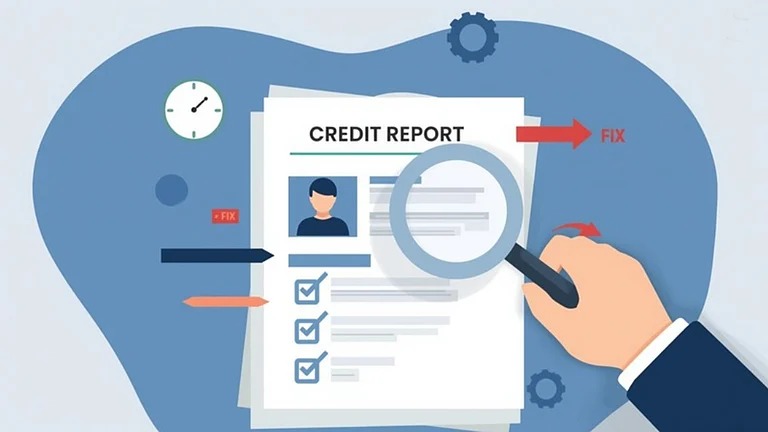India’s retail credit market has shown signs of moderation in growth for the quarter ending September 2024, according to the TransUnion CIBIL Credit Market Indicator (CMI) report. Credit card use has significantly increased even while credit supply has decreased and credit demand has slowed across a range of lending products.
According to the report, retail credit growth showed signs of cooling, attributed to a drop in credit supply and a general slowdown in the pace of credit demand. The CMI dropped from 103 in September 2023 to 100 in September 2024, reflecting the market's caution. While credit card usage climbed by 34 per cent in the September 2024 quarter, up from 26 per cent the previous year, this indicates growing consumer acceptance of credit cards not only for payments but also as a tool for obtaining credit.
Follow Outlook Money's Budget 2025 coverage here
Bhavesh Jain, MD and CEO of TransUnion CIBIL, highlighted that “Several factors including challenging global economic conditions, slowing urban consumption, and regulatory measures designed to stabilize the credit-deposit ratio, have affected the credit market in India. The slowdown in consumer credit demand, coupled with a decline in loan originations by lenders, has resulted in a cooling of overall retail credit growth. Identifying eligible and lower-risk consumers that can afford to service their credit obligations will be critical for the sustained growth of credit and the economy.”
Despite the rise in credit card usage, other loan products saw weaker growth. Personal loans grew by just 11 per cent in the quarter, down from 32 per cent the year prior, while other categories like loans against property and two-wheeler loans also showed more modest increases. This resulted in a reduction in the overall credit supply, with the supply pillar of the CMI measure falling to a three-year low of 91, compared to 95 during the same period last year.
Also, the report indicated mixed delinquency signs. Lenders may be at risk as delinquencies in unsecured loans, like credit cards and personal loans, have increased while defaults on secured loans, like house and auto loans, have declined year over year. This trend signals potential risks for lenders.
TransUnion CIBIL’s analysis revealed that borrowers holding both consumption-led loans and secured loans, which accounted for 3.7 crore individuals (15 per cent of retail borrowers), showed signs of increasing delinquency. Specifically, 4.1 per cent of these borrowers had at least one outstanding Equated Monthly Instalment (EMI) in only consumption loans, up from 3.9 per cent in the same period the previous year. This indicates rising stress among consumers juggling multiple types of debt.
Lenders will have to take a more measured and focused approach to the expansion of retail lending going forward. Jain also noted that lenders will be able to provide credit responsibly while promoting financial stability and economic development due to intensive portfolio monitoring driven by cutting-edge analytical techniques.














